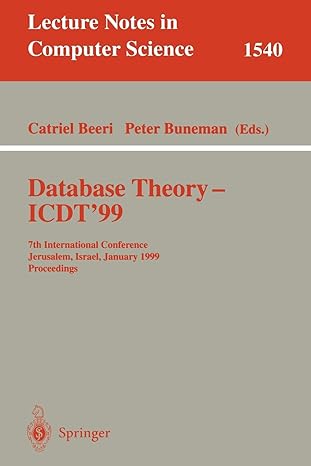Question
3. When designing memory systems, it becomes useful to know the frequency of reads versus writes as well as the frequency of accesses for instructions
3. When designing memory systems, it becomes useful to know the frequency of reads versus writes as well as the frequency of accesses for instructions versus data. Using the average instruction-mix information for MIPS for the program spice (as given below), find the following:
a. The percentage of all memory accesses that are for data (vs. instructions).
b. The percentage of all memory accesses that are reads (vs. writes). Assume that two-thirds of data transfers are loads.
| Instruction Class | MIPS Examples | HLL Correspondence | Frequency (spice) |
| Arithmetic | add, sub, addi | operations in assignment statements | 50% |
| Data transfer | lw, sw | references to data structures | 41% |
| Conditional branch | beq, bne, slt, slti | If statements and loops | 8% |
| Jump | j, jr, jal | procedure calls/returns, case/switch statements | 1% |
Step by Step Solution
There are 3 Steps involved in it
Step: 1

Get Instant Access to Expert-Tailored Solutions
See step-by-step solutions with expert insights and AI powered tools for academic success
Step: 2

Step: 3

Ace Your Homework with AI
Get the answers you need in no time with our AI-driven, step-by-step assistance
Get Started


